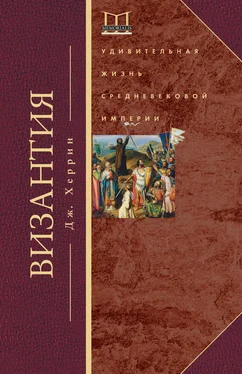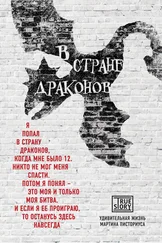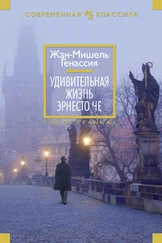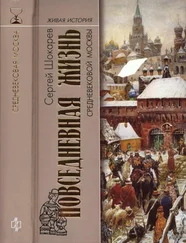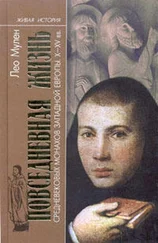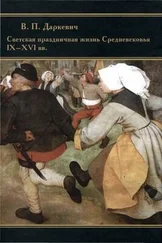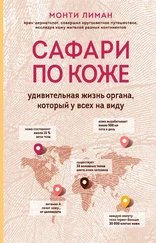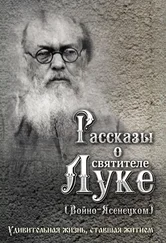Colin Imber, The Ottoman Empire 1300–1656: The Structure of Power (Houndmills and New York, 2002).
Donald M. Nicol, The Last Centuries of Byzantium 1261–1453, (2nd edn; Cambridge, 2003).
Deno Genakoplos, Interaction of Sibling Byzantine and Western Cultures in the Middle Ages and Renaissance (New Haven, 1976).
Jacques le Goff, The Birth of Purgatory (Chicago, 1984).
Эпиграф к главе: Nicolò Barbaro, Diary of the Siege of Constantinople, 1453, tr. J. R. Jones (New York, 1969). P. 61.
Justin Marozzi, Tamerlane: Sword of Islam, Conqueror of the World (London, 2004).
Roger Crowley, Constantinople: The Last Great Siege, 1453 (London, 2005).
Stephan Runciman, The Last Byzantine Renaissance (Cambridge, 1970).
Заключение
Величие Византии и ее наследие
Steven W. Reinert “Manuel II and his Müderris” in S. Ćurčić and D. Mouriki, eds., Twilight of Byzantium (Princeton, 1991). P. 39–51.
Chris Wickham, “Ninth – century Byzantium through western eyes” in Byzantium in the Ninth Century: Dead or Alive? Leslie Brubaker, ed. (Aldershot, 1998). P. 245–256.
Chase F. Robinson, Abd al – Malik (Oxford, 2005). P. 7.
Sydney Griffith, “Images, Islam and Christian Icons” in P. Canivet and J. P. Rey-Coquais, eds., La Syrie de Byzance à l’Islam, (Damascus, 1992). P. 121–138.
О византинах см. Alfred J. Andrea, ed. and tr., The Capture of Constantinople. Historia Cosmopolitana of Gunther of Pairis (Philadelphia, 1997). P. 100. Эти монеты люди называют «византинами», поскольку они чеканились в Византии. Примерно в 1400 г. Уиклиф использовал этот термин для перевода греческой драхмы из Библии; он встречается в «Смерти Артура» и «Песни о Роланде».
Glen Bowersock, Mosaics as History (Cambridge, Mass., 2006).
Judith Herrin, “Mathematical Mysteries in Byzantium: The Transmission of Fermat’s Last Theorem”, Dialogos: Hellenic Studies Review 6 (1999). P. 22–24.
Helen C. Evans, William D. Wixom, eds., The Glory of Byzantium: Art and Culture of the Middle Byzantine Era AD 843–1261 (New York, 1997).
Helen C. Evans, ed., Byzantium: Faith and Power 1261–1557 (New Haven, 2004).
Robert S. Nelson, Kristen M. Collins, eds., Holy Image, Hallowed Ground: Icons from Sinai (Los Angeles, 2006).
Список императоров, упомянутых в тексте
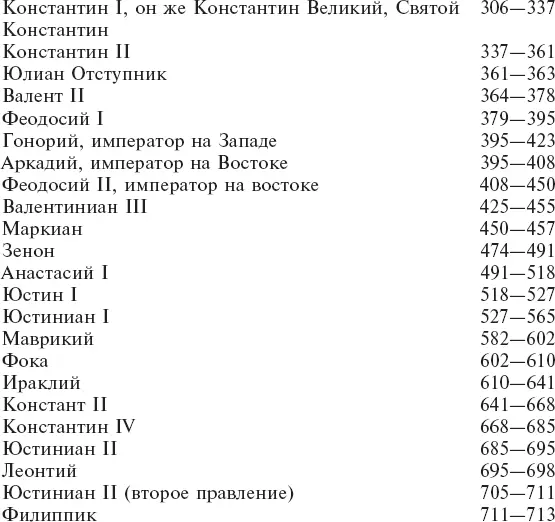
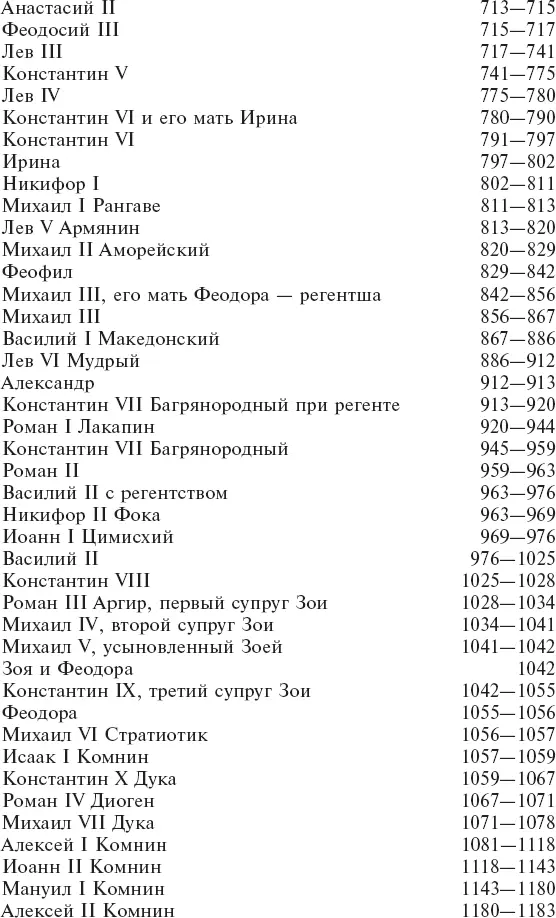
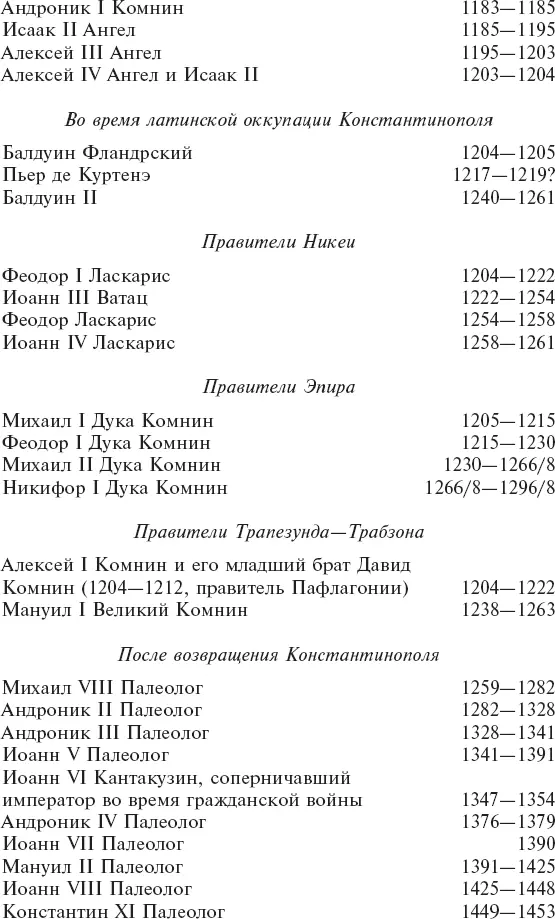
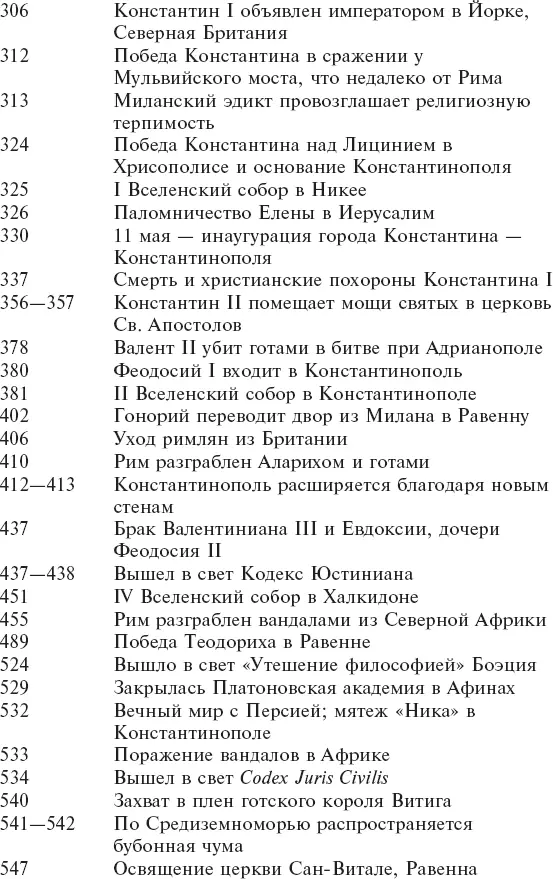
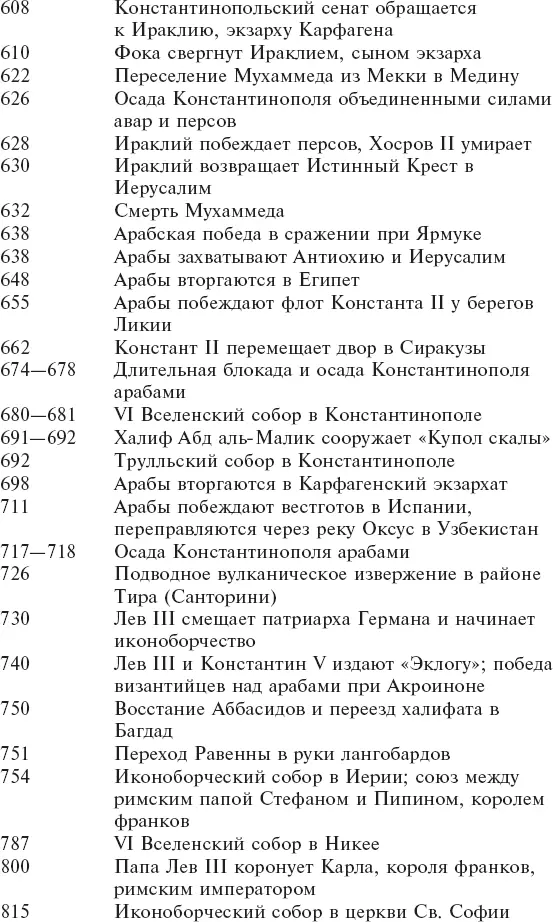
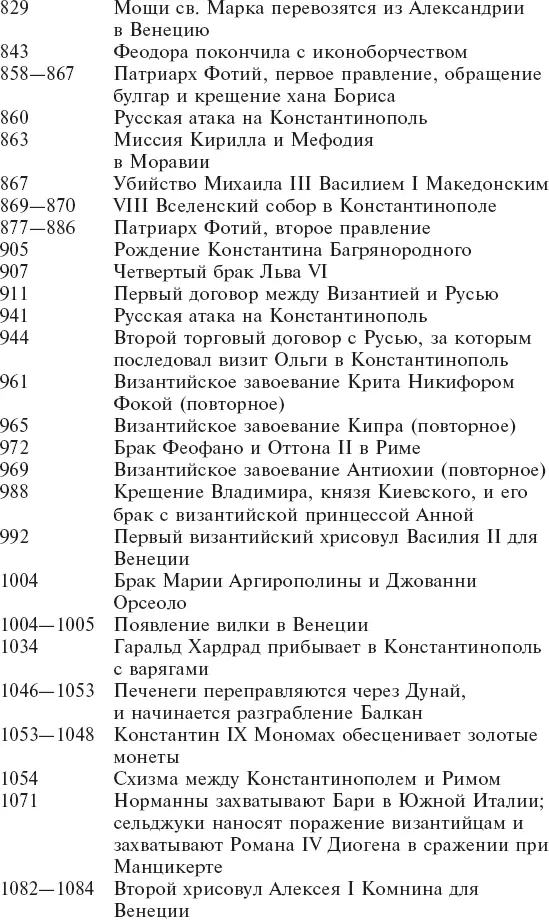
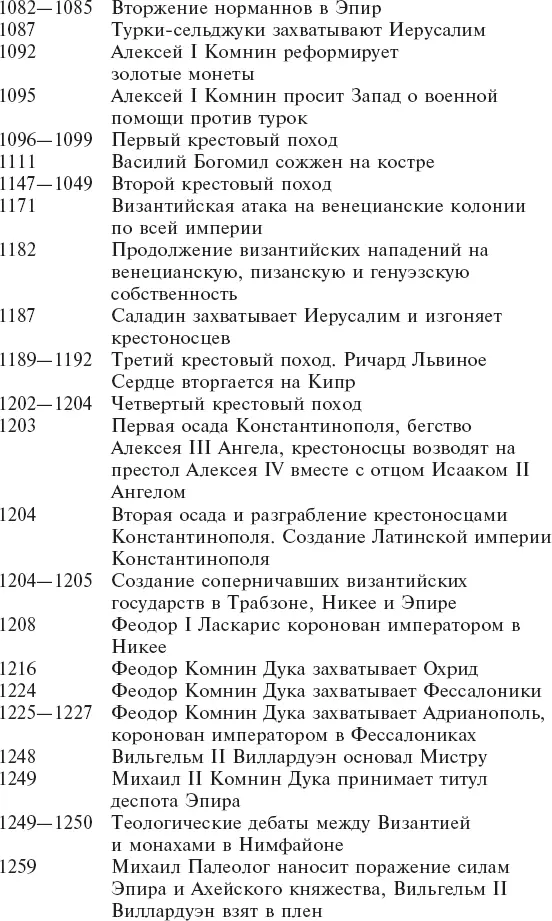
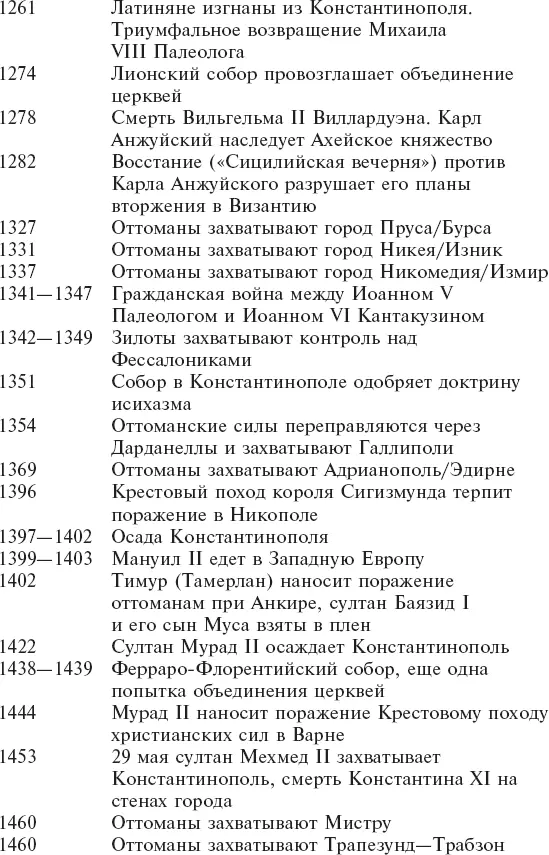
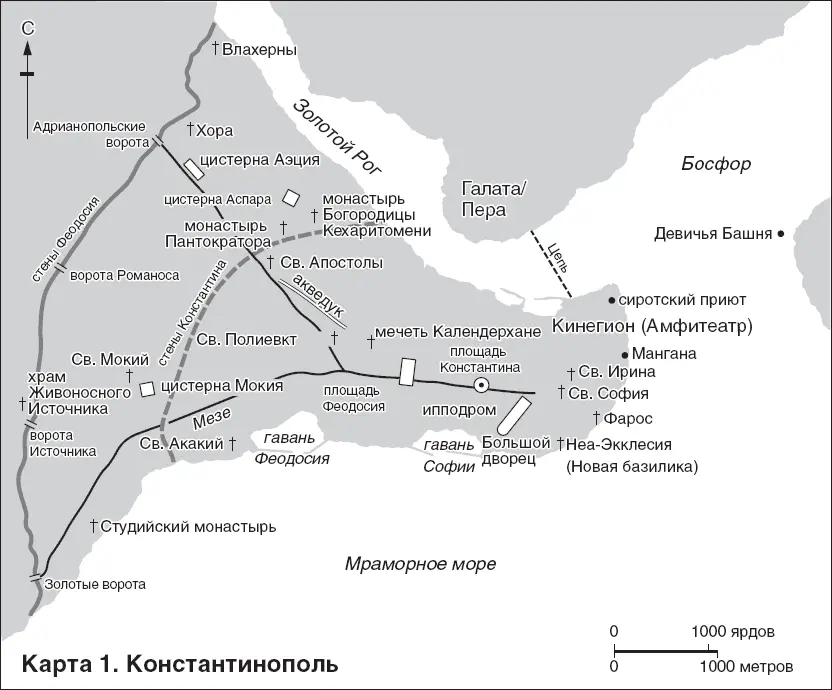
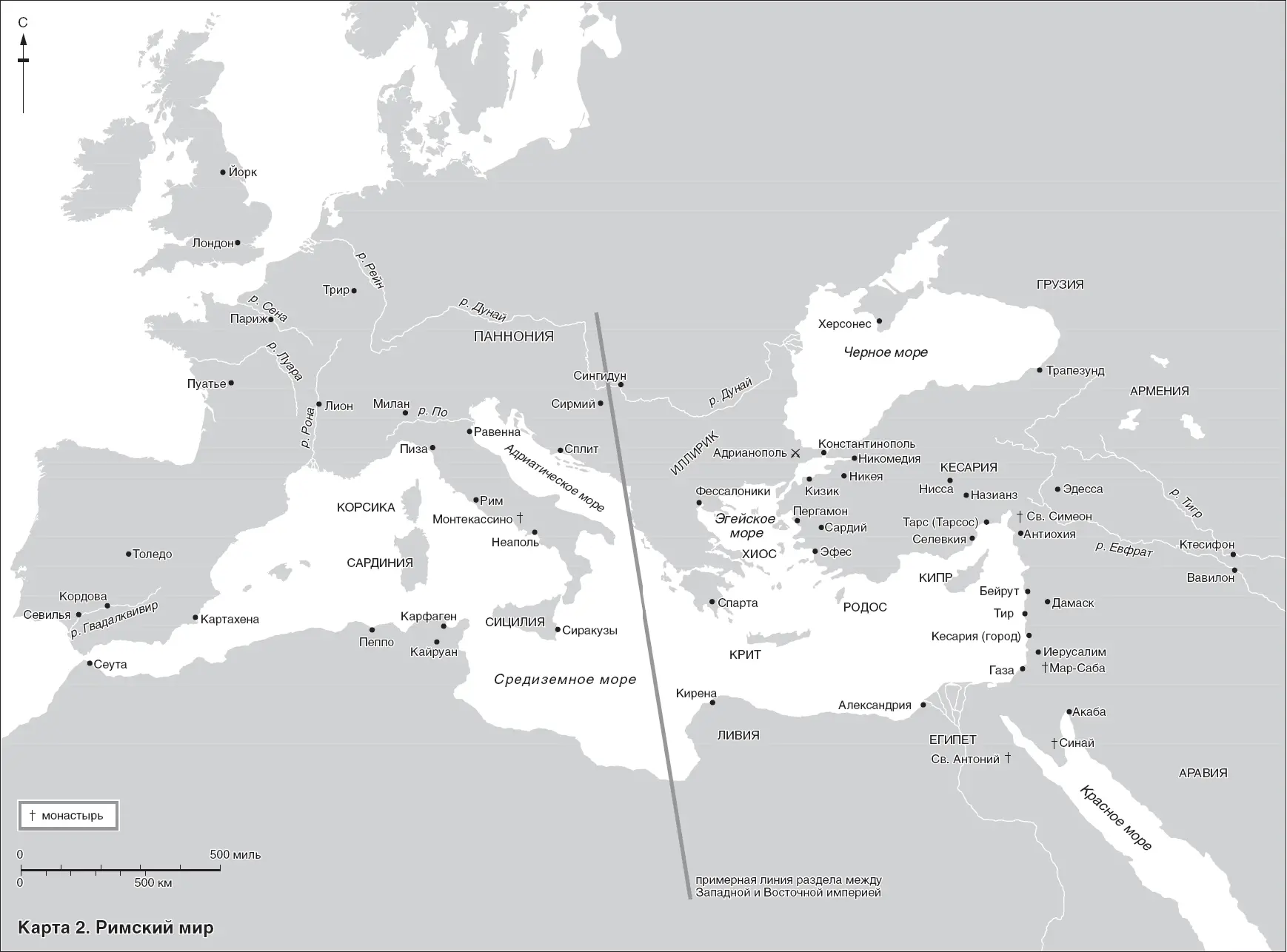
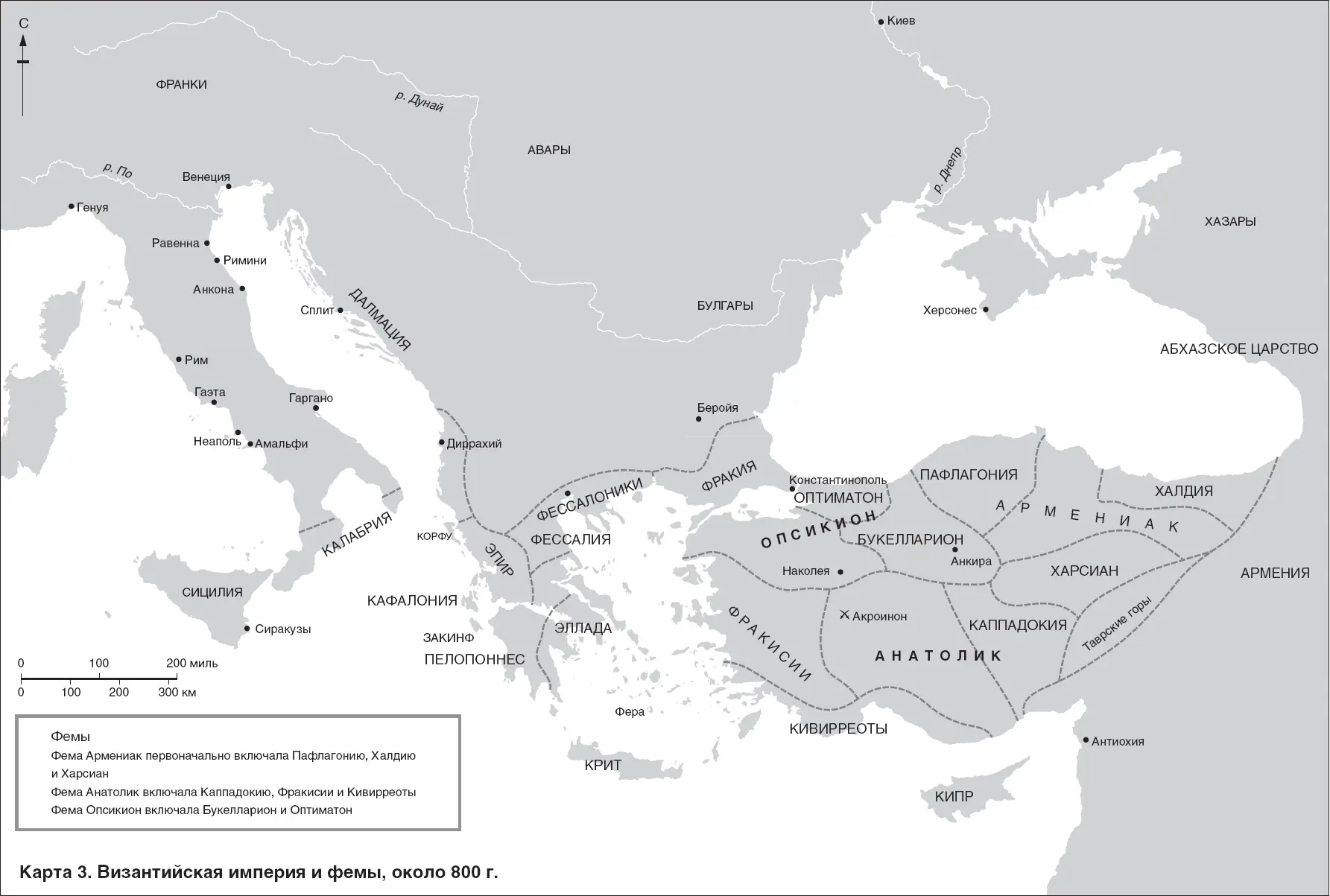
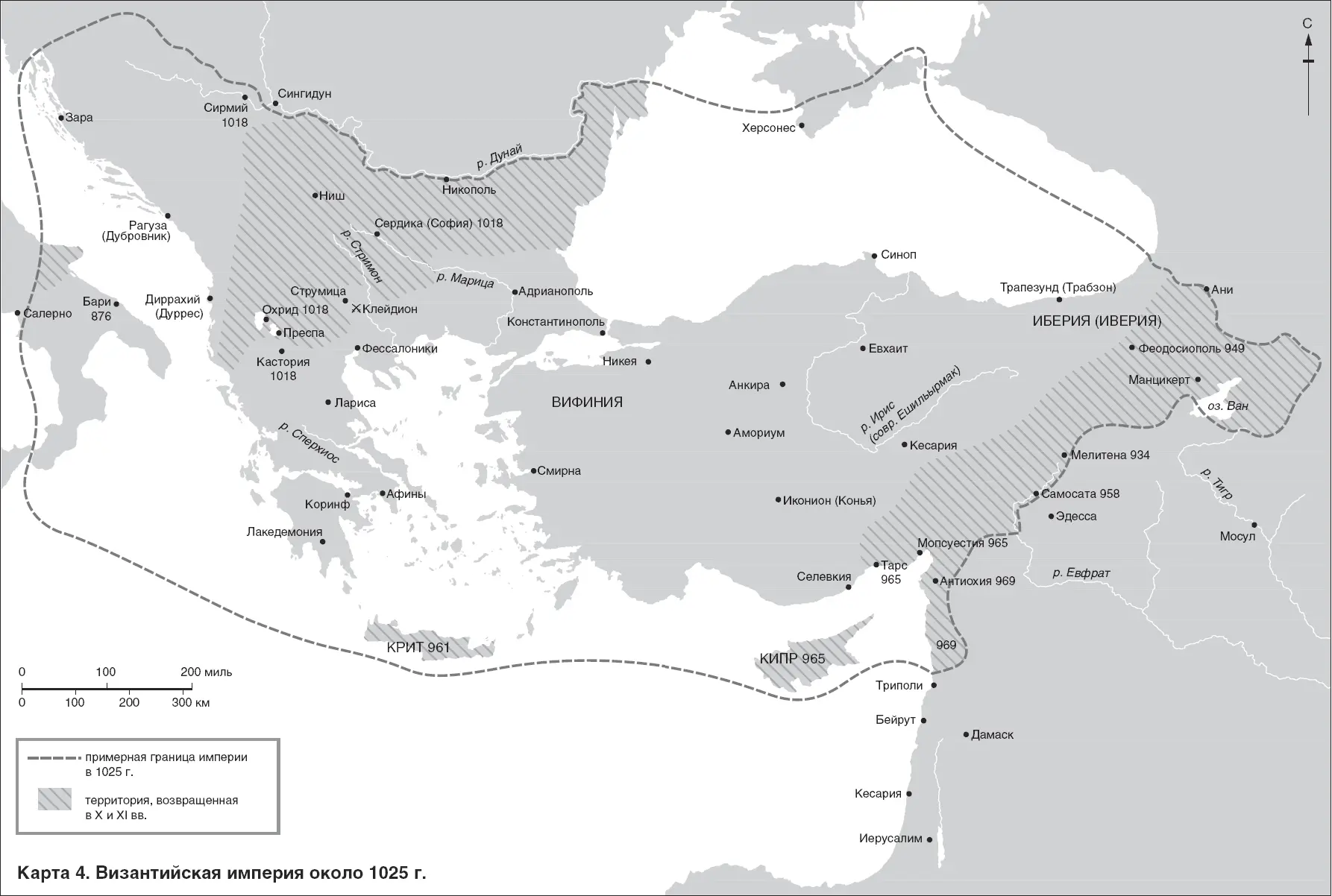

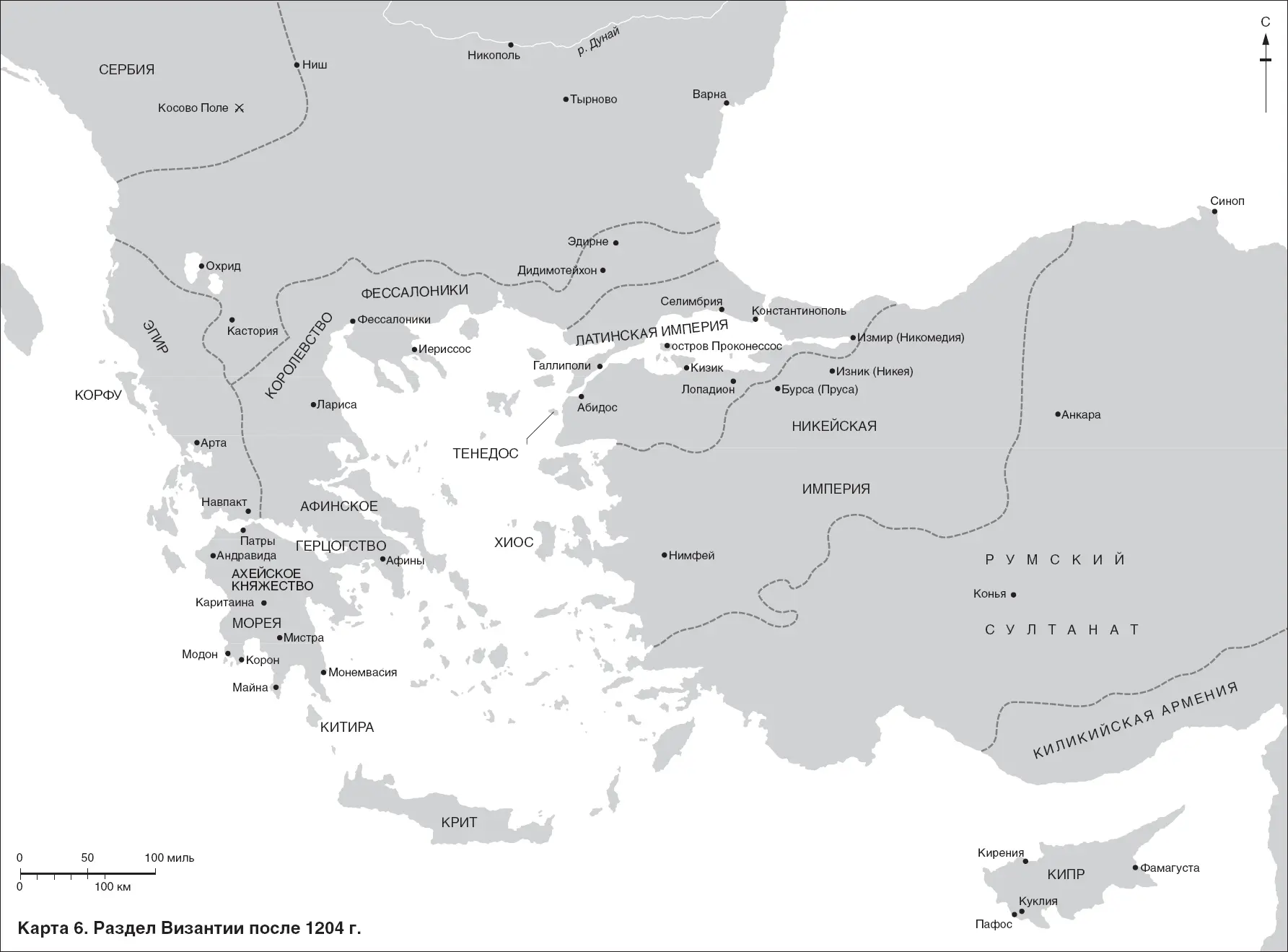
Тессера – кубик из цветного мрамора, стекла и пр., из которого составлялись античные мозаики. ( Здесь и далее примеч. пер. )
Михраб – священная стрельчатая плоская арка в мусульманских культовых сооружениях или ниша в стене киблы, обращенная в сторону Мекки.
На горе Ликавит находится византийский храм Св. Георгия, возведенный в XI–XII вв.
Sol Invictus – официальный римский бог солнца созданного императором Аврелианом в 274 г. солнечного культа.
The Acts of the Council of Chalcedon, tr. with introduction and notes by Richard Price and Michael Gaddis, 3 vols (Liverpoll, 2005). Vol. 2. P. 240.
V. Minorsky, “Marwasi on the Byzantines”, in Medieval Iran and its Neighbours (London, 1982). P. 455–469.
Nadia Maria El Cheikh, Byzantium Viewd by the Arabs (Cambridge, Mass., 2004). P. 204.
Cassiodorus Variae 1.1.3 in Theoderic in Italy, tr. John Moorhead (Oxford, 1992). P. 44.
Годовая жатва хлеба у римлян. Часто так назывался хлеб, скупленный за государственный счет и сложенный в кладовых для раздачи во времена дороговизны беднейшим гражданам по низкой цене или совсем безвозмездно.
Cassiodorus Variae , tr. S. J. B. Barnish (Liverpool, 1992), V. 6 to the illustrious senator Symmachus. P. 75–76, II.27, to the Jews of Genoa. P. 34–35.
Ruth Macrides, “The Ritual of Petition”, in Dimitrios Yatromanolakis and Panagiotis Roilos, eds., Greek Ritual Poetics (Cambridge, Mass., 2004). P. 356–370.
Gilbert Dagron, Emperor and Priest: The Imperial Office in Byzantium (Cambridge, 2003). P. 257.
Thomas Magistros, On the Duty of a King . P. 166.
The Chronicon Paschale, 284–628 AD, tr. Michael and Mary Whitby (Liverpool, 1989). P. 183–188.
Chase F. Robinson, Abd al-Malik (Oxford, 2005). P. 7.
Читать дальше
Конец ознакомительного отрывка
Купить книгу
